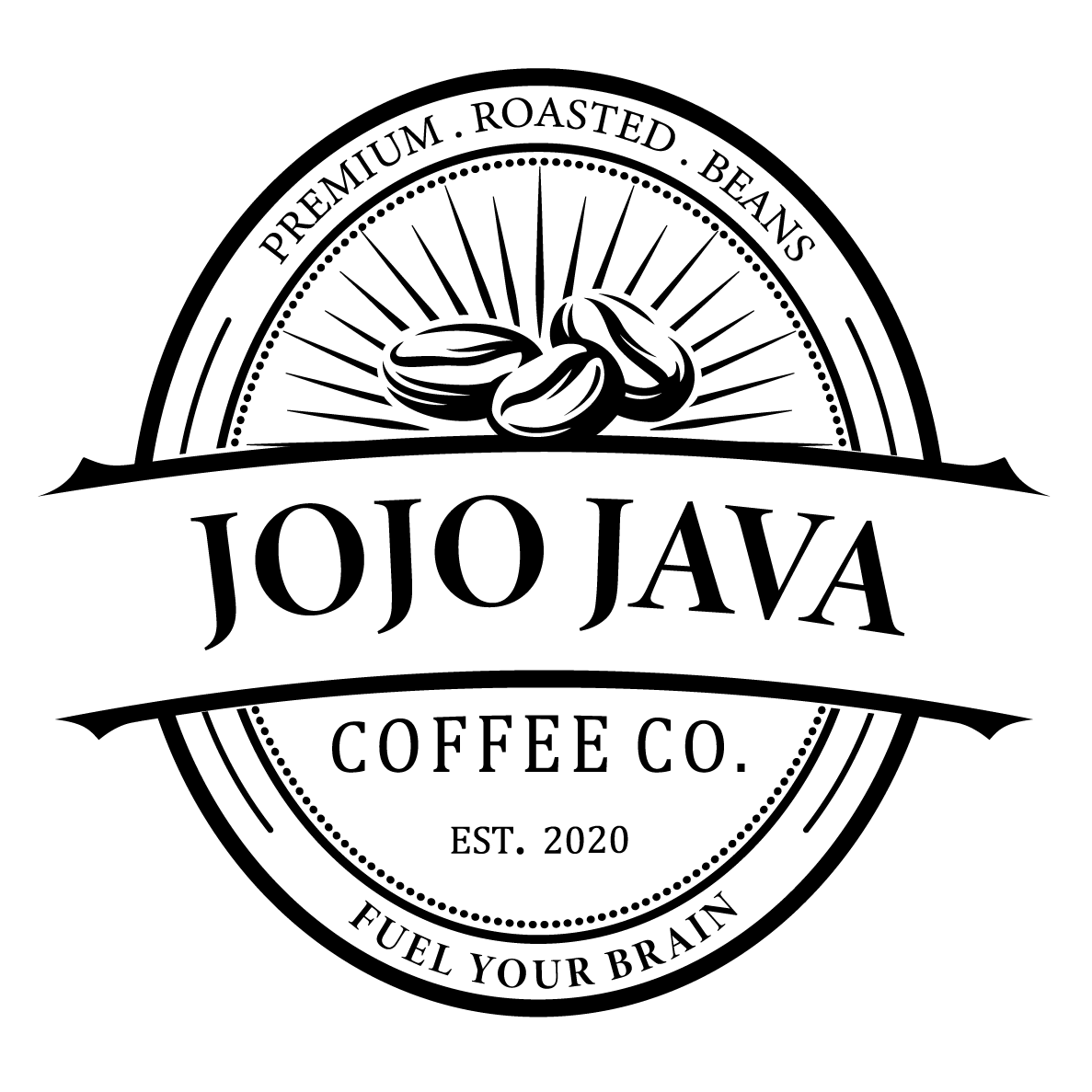You asked for it, and you got it: another java-centric battle royale! The Caffeine Showdowns continue as we take a look at a match-up that’s been a long time coming.
In this caffeine showdown, we’re going to take a look at the two heavy-hitting single-shot contenders: the robust, coffee-centric espresso and the sweet and tart miniature energy shot!
Even though these contenders are known for being one shot each, we doubt that’s all it will take for either to go down. Let’s dig in.
First, Some Caffeine Intake Tips
In this caffeine showdown, we’re talking about some heavy hitters in terms of actual caffeine content. So whether you’re pounding down espressos or knocking back energy shots, here are some things to keep in mind as you take in potentially more caffeine than usual.
Firstly, be careful that you don’t drink too much caffeine on any given day to avoid any adverse effects. When it comes to deciding what a safe amount of intake is, the first thing we’ll say is that it’s going to be different from person to person. The FDA recommends that no single person takes in more than a few hundred milligrams of caffeine per day. And as we talk about energy shots and caffeine, those can have up to 500mg per serving (which is essentially the top end of what you should have in a day).
Keep in mind that there are different kinds of caffeine as well: naturally occurring as well as synthetic, which can have different effects on the body overall. One of the main things to keep in mind is that natural caffeine tends to be slowly absorbed by the body, whereas artificial caffeine is absorbed by the body more quickly.
If you take in too much caffeine, you can blow right past the positive feelings of focus and alertness and directly into feeling distracted, anxious, jittery, and restless. Here are some other things to remember when you’re deciding how much caffeine is right for you.
We’ve all had nights where we’ve gotten to bed later than we want and have had to use caffeine as the crutch that got us through the day. It’s okay if this happens every once in a while, but it’s not okay if it becomes the norm. Don’t use caffeine as a way to deprive yourself of sleep and try to get by. In fact, be careful that you don’t have caffeine too late in the day, or it will keep you awake later than you should be. This can create a vicious cycle where your caffeine intake is keeping you awake so you don’t get enough sleep… so you drink caffeine to stay awake the next day. Get a good amount of sleep to enjoy the true benefits of caffeine.
Be sure that when you take in large amounts of caffeine that you’re also drinking plenty of water to offset its effects. Caffeine is a diuretic (which means that it causes you to empty your bladder, draining your body of its water supply). It’s very easy to drink too much caffeine, and not drink enough water to offset its diuretic properties. If you feel like the caffeine you had is making you more tired, or making it harder to focus, drink 8 - 16 ounces of water.
Alright, now that we’ve done our due diligence, we’re ready for the showdown.
Contender: Energy Shots
You may have seen these at the convenience store counter and wondered “what is that thing?” With the most popular brand being 5-Hour Energy, energy shots are made to be smaller volume drinks that contain a perfectly portioned dose of caffeine and other stimulant blends. These are more typically smaller, more concentrated forms of energy delivery and there are even micro shots that pack the same punch in only a few small teaspoons of liquid.
Energy Shots are a Relatively New Fad, Right?
Wrong. If you take a look back several decades, you can actually see that the concept of an “energy shot” has been seen in various cultures at various times. One popular version arose in Japan within the last few decades and took the form of non-carbonated energy tonics. From there, standard-sized energy drinks (16 ounces) came into popularity in the early 1990s. The founder of 5-Hour Energy found a way to fit the same caffeine jolt of the 16-ounce cans into a tiny 2 ounces, and thus, in 2003, the modern energy shot was born.
Aren’t Energy Shots Just Tiny Energy Drinks?
Though it seems like they would be, they actually aren’t identical. While both give you energy (hence the names), the delivery method and specifics have some variations. These variations are enough that the U.S. Food and Drug Administration (FDA) classifies them differently.
Energy drinks are classified as what are known as conventional foods (this category includes beverages as well). When something is classified as a conventional food, it means that it is eaten or drank for its nutritional value, taste, and aroma. Many beverages in the conventional foods category are widely considered to be a source of fluid for the body. They can also provide direct nutrition as well, or in some cases just consumed be for the flavor and smell.
Energy shots are not classified as conventional foods, however, but are instead classified as dietary supplements. Dietary supplements can contain various ingredients such as amino acids, botanicals, amino acids, herbs, vitamins, and other ingredients-- specifically designed to supplement a person’s diet.
How do Energy Shots Measure Up?
While they are classified differently than energy drinks by the FDA and are served in smaller doses, energy shots grant widely the same basic benefits as their larger energy drink counterparts. So expect improved energy and a surge of focus overall.
Caffeine Amount
It’s relatively the same among most of the “regular strength” options from the various brands. Rockstar Energy, Starbucks, and 5-Hour Energy shots all have around 230 milligrams of caffeine in a normal energy shot.
Pros
There’s no question that they are one of the most convenient of the drinks, and require no preparation. They’re also relatively affordable (priced at about a mid-quality cup of coffee shop coffee). Additionally, they’re extremely portable and you can keep one in your pocket for the perfect time. One other great benefit is that the majority are zero sugar and virtually no calories.
Cons
Some of the cons are that energy shots rarely taste great, and due to the fact that many of them use synthetic caffeine, the body tends to absorb it very quickly. For some, this can create a massive surge of energy after the shot is taken. Some users also report that they cause increased hunger and can leave a feeling of fatigue right about the 4-5 hour mark.
Contender: Espresso
Espresso is definitely a little more traditional and storied than energy shots. It’s a drink that’s steeped in strong tradition that has grown in popularity since it became a drink in the year 1901. It was designed to be a faster cup of coffee-- which can be seen in its name, which translates literally into “express.”
Espresso still does the job it was created for all those years ago: it’s a delicious, quick shot of coffee that’s convenient and strong.
Isn’t Espresso Just a Tiny Cup of Coffee?
Not exactly. Even though you use beans to brew it, it’s got its own distinct preparation method and requires a special type of machine. Espresso is created when the machine brings water to a near boil and then forces that water through beans that are very finely ground. The pressure used to push the water through creates a small, concentrated shot of coffee (usually around an ounce or two at most).
How Does Espresso Measure Up?
While they are classified differently than energy drinks by the FDA and are served in smaller doses, energy shots grant widely the same basic benefits as their larger energy drink counterparts.
Caffeine Amount
This is going to depend quite a bit on saturation, temperature, time, and grind, but on average, espresso tends to have about 80 milligrams of caffeine for a single, 2-ounce shot, and about double that (140-160 milligrams) for a 4-ounce double shot.
Pros
Espresso is one of the fastest coffee-based drinks you can make, and there are a variety of methods for drinking them-- alone as a shot, or in various other drinks. The flavor is powerful but is often much-loved among coffee drinkers. Additionally, brewing espresso uses fewer beans overall. It’s all-natural and more accessible than ever in terms of availability and price point.
Cons
The biggest con is that espresso needs a specialized machine to make, and it’s often more pricey than a standard coffee maker. For some, the coffee taste is too strong and edges too much into being bitter. Finally, it’s something you can savor or enjoy like a normal cup of coffee since you shoot it down the hatch in a single gulp.
Who is the Winner of This Caffeine Showdown?
To be candid, this showdown was maybe the closest one yet. Both of the contenders have strong benefits and only a few cons that can be managed or coped with fairly easily. In this particular fight, both energy shots and espresso made it the distance, and both of them had very similar scorecards. For this showdown, it came down to a few very minor details as we declare a definitive winner.
Even though it was close, espresso takes the day for a few reasons: firstly, it’s all-natural, and you don’t have to worry about artificial chemicals as ingredients. That goes a long way in this day and age. Secondly, because the caffeine espresso is also all-natural, it provides is more event absorbed by the body for a better overall experience.
Written by: Tim Kearney


